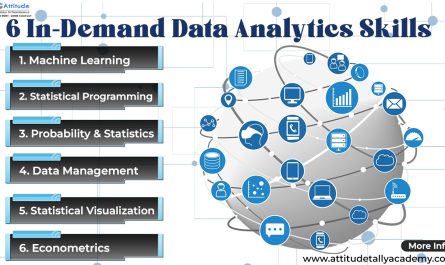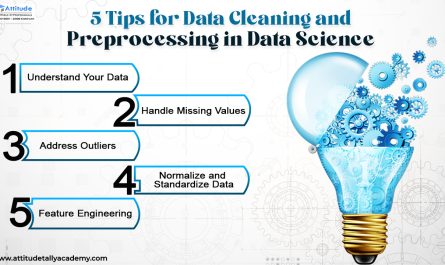Introduction
In the data-driven era of today, Python has become a first-choice programming language for students entering the field of data analysis. Its ease of use, flexibility, and strong ecosystem make it a perfect choice for students. Let’s explore why Python is the most student-friendly tool for data analysis.
🧠 Why Python is Ideal for Students
Simple-to-Learn Syntax
Python’s syntax is simple and elegant, almost like plain English. This makes it easier for students to learn data analysis concepts without being overwhelmed by the intricacies of code structure.
2. Comprehensive Libraries for Data Analysis
Python has an abundance of libraries that make data analysis easy:
NumPy: Critical for numerical computation, NumPy offers support for large, multi-dimensional arrays and matrices, and a suite of mathematical functions to perform operations on them.
Pandas: Based on NumPy, Pandas provides data structures and functions that are well-suited to handle structured data in an easy and intuitive way. It offers Data Frame and Series objects for data manipulation efficiently, allowing data cleaning, transformation, and analysis.
Matplotlib: An all-purpose plotting library, Matplotlib allows users to create static, animated, and interactive visualizations in Python. It has a flexible platform for creating plots, charts, and graphs and is thus an essential tool in data visualization and presentation.
3. Active Community Support
Python boasts a huge and dynamic set of developers and data analysts. The community provides a rich amount of tutorials, forums, and documentation that make it simple for students to solve their issues and gain knowledge from the experiences of other people.
4. Integration with Jupyter Notebooks
Jupyter Notebooks offer an interactive platform where students can write and run Python code in pieces, plot data, and comment on their thought process. This functionality is especially useful for learning and experimenting with data analysis methods.
5. Cross-Platform Compatibility
Python is cross-platform, which means it is compatible with different operating systems such as Windows, macOS, and Linux. This compatibility makes it possible for students to work on their projects irrespective of the system they have.
🛠️Python Practical Uses in Data Analysis
Python can be used by students for different data analysis purposes:
Data Cleaning: Deleting duplicates, dealing with missing values, and correcting data inconsistencies in datasets.
Data Transformation: Aggregating, joining, and restructuring data to set it ready for analysis.
Statistical Analysis: Conducting descriptive and inferential statistics to extract conclusions from data.
Data Visualization: Producing charts and graphs to depict data trends and patterns.
Machine Learning: Applying predictive analytics and pattern detection algorithms.
🎓Learning Python for Data Analysis
For those who want to learn Python for data analysis, there are a number of resources:
Online Courses: Sites such as Coursera, edX, and Udemy have courses specifically designed for beginners.
Books: Books such as “Python for Data Analysis” by Wes McKinney offer extensive knowledge and real-life examples.
Local Training Institutes: Taking a data analytics course in Yamuna Vihar or data analytics training in Uttam Nagar can help through practical experience and one-on-one instruction.
✅Final Thoughts
Python’s simplicity, rich libraries, and friendly community make it the perfect language for students to learn data analysis with. With the use of Python, students are able to learn valuable skills that are in great demand in today’s data-driven job market.
Keep in mind that the secret to data analysis mastery is regular practice and ongoing learning. Whether you begin with the most rudimentary data manipulation or push yourself into machine learning, Python has the tools and resources to guide your learning process.




